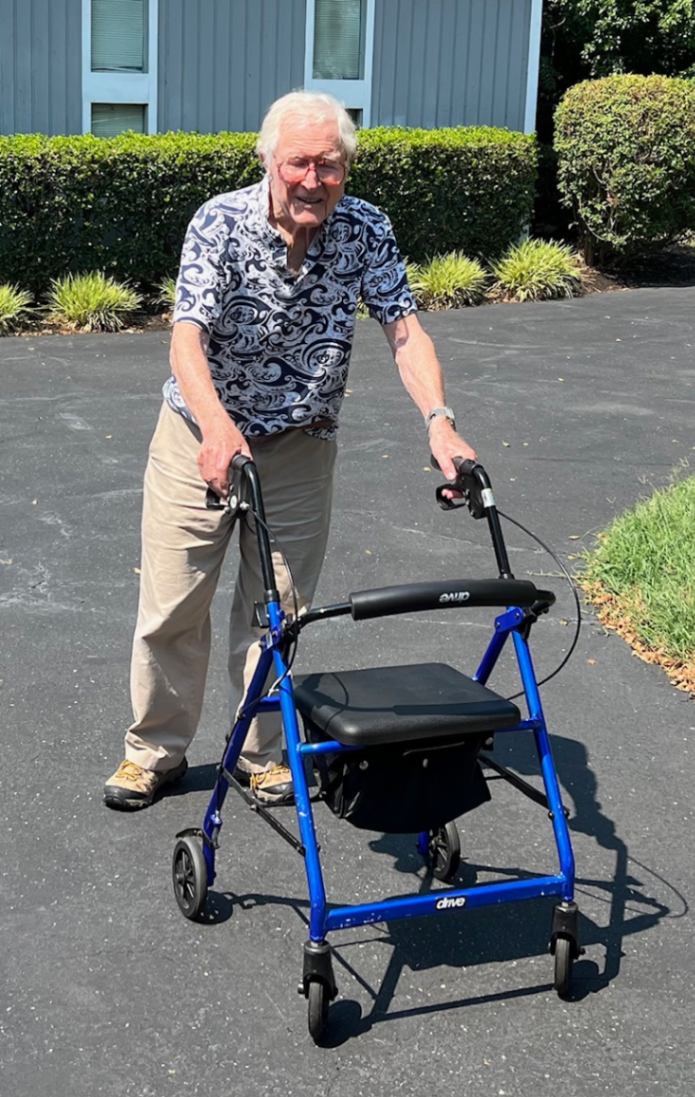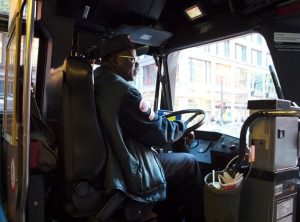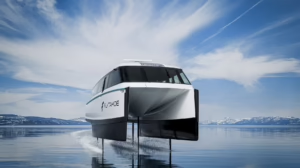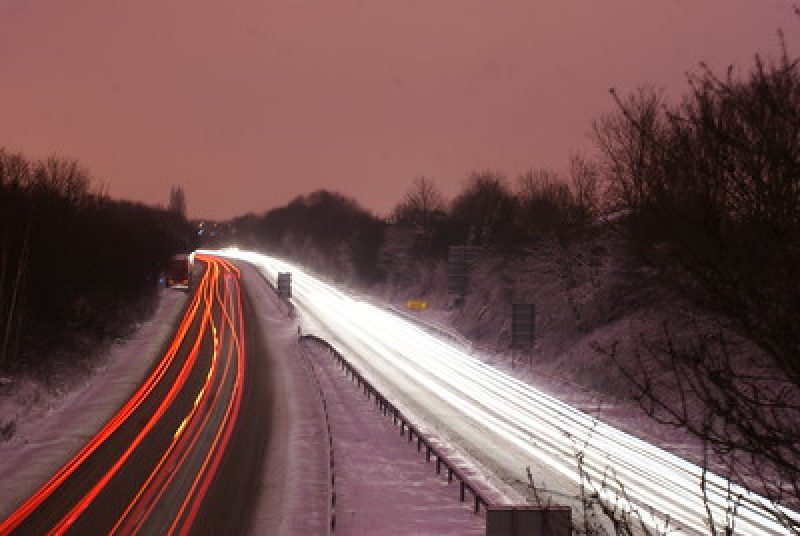 Bettie Deen
Bettie DeenI was facing a Tuesday at the 2023 TRB Annual Meeting with nothing on my schedule. There were plenty of interesting sessions I could have attended, but I thought that perhaps I could instead ride the Washington, DC, region’s ever-expanding Metrorail transit service. I had come to DC 60 years earlier to plan the Metro system. I told myself I could remain faithful to my professional obligations at the Annual Meeting and work on my bucket list by riding the result of my and TRB’s efforts from all those decades ago. Besides, I like trains, and the January weather forecast looked promising.
I retired as TRB’s executive director almost 30 years ago, am now in my mid-90s, and my body is aging. Spinal stenosis—an arthritic condition of the lower spine—makes it difficult to walk much distance without sitting down and resting. Still, off I went to ride some trains and experience moving around the region as a feeble old guy with a walker depending on public transit.
As I peered down the long escalator at the entrance to the Mount Vernon Square–Convention Center Metro Station, I felt my first pang of anxiety. Was it going faster than those in my hotel, or was it my imagination? Such feelings were brief. I bought a ticket and wheeled myself aboard.
My first real challenge came as I exited the train with a rushing throng of people at Union Station, a hub for regional commuter trains and Amtrak—the national passenger railroad. Up the escalator I went and thought, “This is going to be easy.” But the next escalator was not operating. The crowd surged up anyway while I moved aside. I sat down on my walker and realized that there was no way I could drag it up a flight of stairs, let alone with a hurried crowd at my heels.
I saw a sign for an elevator, but it pointed in the direction I had just come. I found the now empty escalator and moved back down it. It dawned on me that I would have to walk 600 feet to the other end of the platform. As I approached the poorly lit far end of the platform, I felt a little fear. With a whiff of stale urine in the dark elevator to complete the scene, I suddenly felt vulnerable. I was a lone old guy who could no longer fight or run should someone decide that I was an easy source of quick cash. When the door opened upstairs, I let out a sigh of relief to see the busy shops and people on the main floor.
I bought a ticket to the city of Manassas on a Virginia Railway Express commuter train. Getting my walker onto the train was a struggle but doable, and there was no impatient crowd at my heels. I was able to move around compact and historic downtown Manassas using the ubiquitous curb cuts and ramps for people with mobility devices, have lunch, and call my wife—Bettie—to reassure her that I was okay. But I began to feel anxious about whether I would be able to board the train with my walker. On my outbound trip, only some of the train’s doors opened at the smaller suburban stations. If I was far from an open door, I might not have time to reach it before the train began moving.
I got to the station well in advance of the train’s departure to Washington, DC, but could find no one who could tell me what doors would be open or where I should wait.
Finally, my train approached, and I was able to reach an open door. But the stairs seemed especially high as I struggled to get my walker and myself onto the train. Then I heard the friendly voice of the conductor calling me to his door two cars forward and reassuring me not to worry. So, I hobbled toward him, and he helped me to board.
On the ride back, I contemplated the day’s events: Folks were generally helpful when they saw me struggling, especially in isolated situations where they could see that without their help I might not make it. But in crowded situations, most people figured someone else could help and they could more easily ignore me without any twinges of conscience.
I had enjoyed decades of good health and was able to move about without consideration of personal limits. However, one day soon I could be dependent on a wheelchair—or worse. Suddenly, I felt in my gut some of the arguments I had long heard from advocates of people with disabilities: Signs apologizing for inoperable elevators and escalators—and assuring their swift repair—may earn sympathy for the system’s management and a sigh of relief from healthy passengers, but to those with disabilities it can mean delay, discomfort, and fear for one’s safety. Though I felt proud of my affiliation with TRB, an organization that has long had a role in providing some understanding of possible accessibility issues, I was also a bit ashamed that I had not fully appreciated the importance of these challenges before and had not had sufficient empathy to understand the fairness of the demands of those who could not move around as easily as I was once able to.
As Frank Francois, AASHTO’s former president, often said, “Sometimes, where you stand depends on where you sit.” My experience enabled me to understand his meaning in a new, less cerebral—but more profound—way: deep down in my gut.
In January, the Eno Center for Transportation presented Deen with the 2025 Mineta Award for Lifetime Achievement in Transportation.





